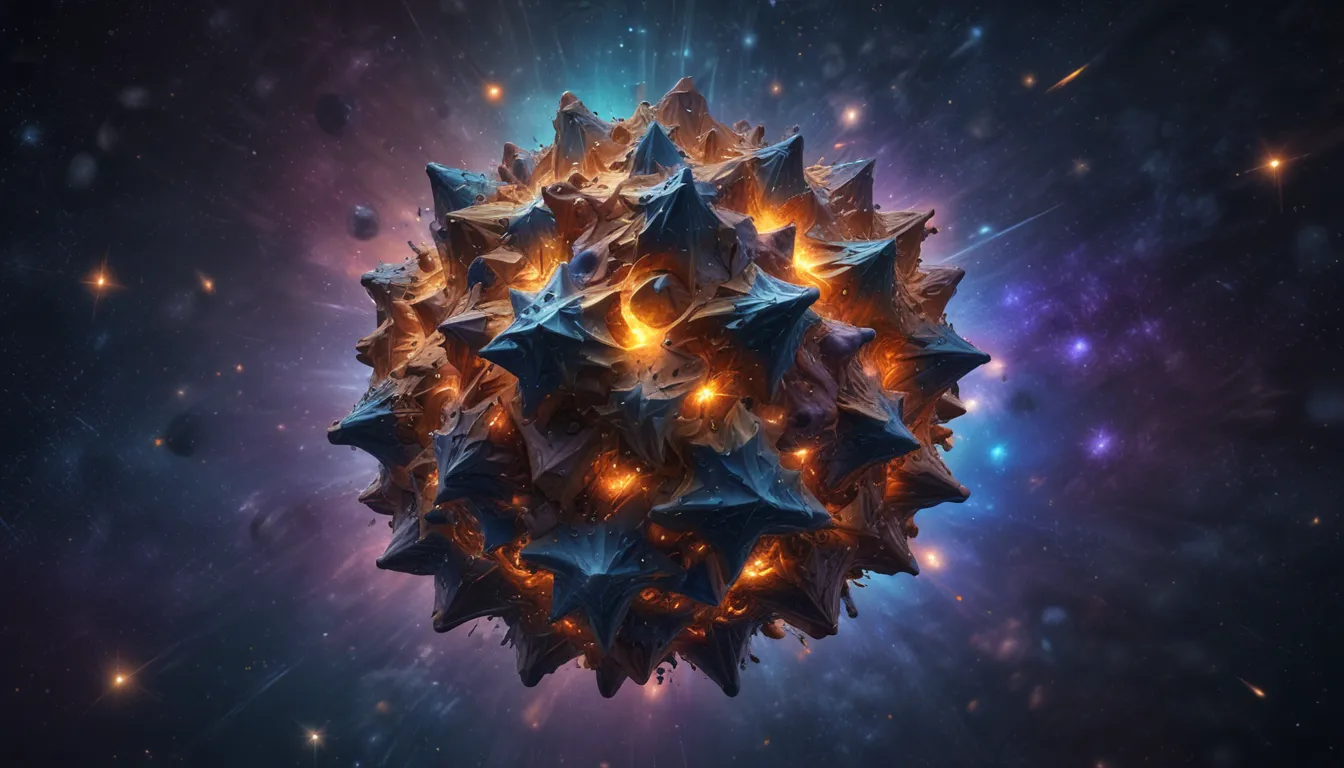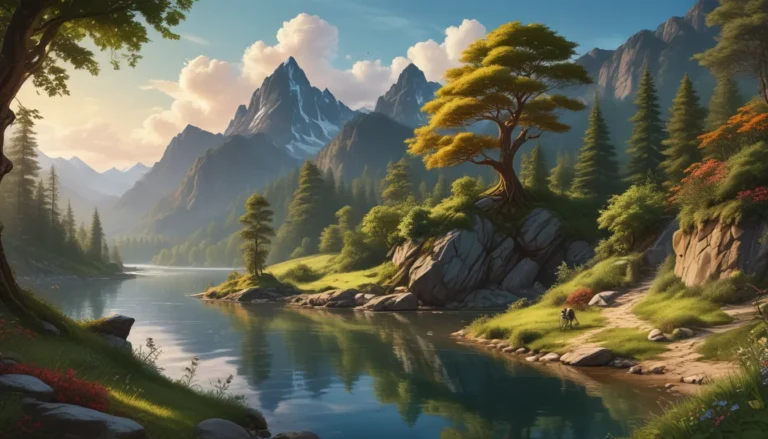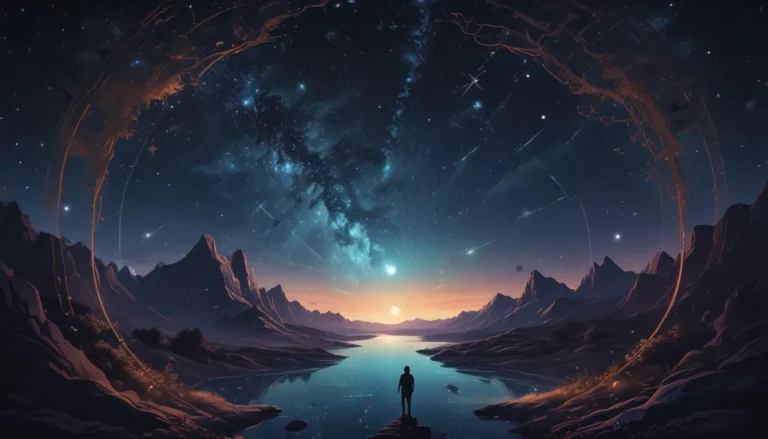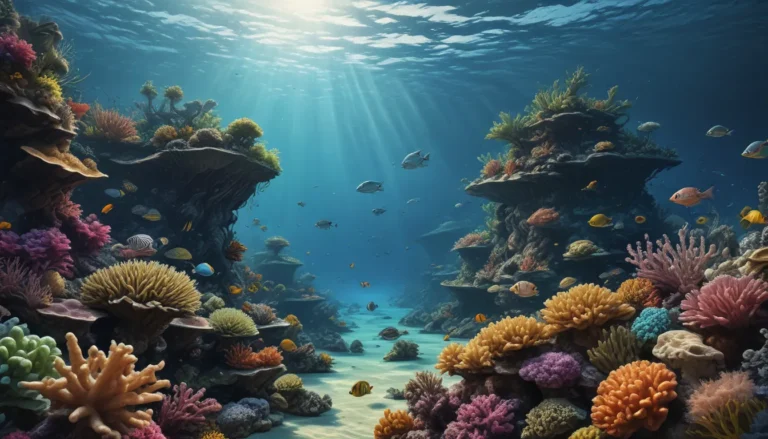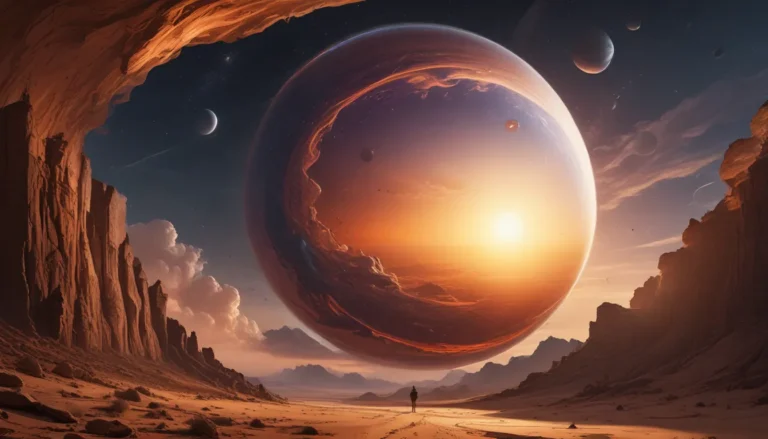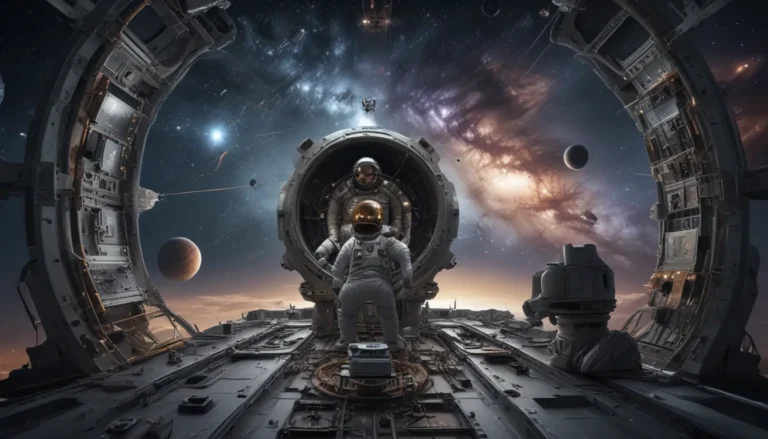The pictures we use in our articles might not show exactly what the words say. We choose these pictures to make you interested in reading more. The pictures work together with the words but don’t take their place. The words still tell you the important facts.
Star clusters are celestial phenomena that never fail to captivate the imagination of astronomers and sky-watchers. These clusters, consisting of hundreds or thousands of stars bound together by gravity, offer a glimpse into the vast and mysterious universe we inhabit. From their mesmerizing beauty to their significance in unraveling the secrets of galaxies, star clusters hold a wealth of scientific knowledge waiting to be discovered.
In this article, we will delve into the fascinating world of star clusters and uncover some surprising facts that will leave you astounded. Whether you are a seasoned space enthusiast or simply curious about the wonders of the cosmos, get ready to embark on a journey through the breathtaking and mysterious realms of these celestial marvels.
Unveiling the Secrets of Star Clusters
Star clusters serve as laboratories for astronomers, providing unique opportunities to study stellar dynamics, evolution, and the complex interactions between stars. These dynamic systems offer valuable insights into the formation and evolution of galaxies, shedding light on the fundamental processes that shape the universe.
The Formation of Star Clusters
Star clusters are born from the collapse of giant clouds of gas and dust under the force of gravity. This gravitational collapse gives rise to hundreds or even thousands of stars that are bound together within the cluster. These stellar communities serve as snapshots of the conditions under which stars are born and evolve.
The Diversity of Star Cluster Sizes and Shapes
Star clusters come in a variety of sizes and shapes, ranging from tightly packed globular clusters to more loosely bound open clusters. Globular clusters can contain hundreds of thousands of stars densely concentrated in a spherical shape, while open clusters may consist of only a few dozen stars scattered across a region of space.
The Age and Colors of Star Clusters
Star clusters exhibit a wide range of ages, with some clusters dating back to the early stages of the universe, while others are relatively young, spanning from a few million to a few billion years. The colors of star clusters vary depending on the types of stars they contain, with blue clusters housing hot, young stars, and red clusters hosting cooler, older stars.
Star Clusters in Our Milky Way Galaxy
Our own Milky Way galaxy is home to a plethora of star clusters, each with its own unique characteristics and history. The Pleiades, also known as the Seven Sisters, is a prominent open cluster located in the constellation of Taurus, offering a dazzling spectacle in the night sky.
Discovering Omega Centauri: The Largest Star Cluster
Within the Local Group of galaxies, which includes the Milky Way, lies Omega Centauri, the largest star cluster known to astronomers. This globular cluster boasts millions of stars and is a stunning celestial sight visible from the southern hemisphere.
Evolution and Dynamics of Star Clusters
As star clusters age, their stars undergo various evolutionary stages, from stellar explosions to the formation of exotic objects like neutron stars and black holes. The dynamic interactions between stars within a cluster can lead to the ejection of stars or the formation of binary star systems, providing valuable insights into stellar evolution.
The Role of Star Clusters in Galactic Evolution
Star clusters play a crucial role in shaping the evolution of galaxies by serving as testbeds for studying stellar populations, star formation processes, and the dynamics of stellar systems. Their contributions to our understanding of the cosmos are invaluable in unraveling the mysteries of the universe.
Star Clusters as Astronomical Laboratories
Astronomers view star clusters as unique laboratories for studying various aspects of stellar evolution and dynamics. These celestial communities offer a treasure trove of information that deepens our understanding of the processes governing star formation and galactic evolution.
The Phenomenon of Star Cluster Collisions
While rare, star clusters can collide with one another due to intricate gravitational interactions between galaxies. These collisions can trigger the formation of new stars and cause dynamic disruptions within the clusters, leading to a rich tapestry of stellar interactions.
Exploring the Cosmic Wonders of Star Clusters
Star clusters continue to astound astronomers and enthusiasts with their diversity, complexity, and scientific significance. By studying these celestial marvels, we gain valuable insights into the fundamental processes that shape the universe and deepen our understanding of the cosmic tapestry surrounding us.
As we gaze up at the night sky, let us marvel at the beauty and mysteries of star clusters, knowing that they hold the key to unlocking the secrets of the cosmos. In a universe as vast and awe-inspiring as ours, star clusters stand as beacons of exploration and discovery, inviting us to delve deeper into the wonders of the celestial realm.
Conclusion
In conclusion, star clusters are fascinating and dynamic entities that offer a window into the mysteries of the universe. From their diverse classifications to their profound scientific significance, star clusters continue to inspire awe and wonder among astronomers and stargazers alike. As we unravel the secrets of these celestial communities, we gain a deeper appreciation for the intricate processes that govern the cosmos.
Embark on a cosmic journey through the breathtaking realms of star clusters, where beauty, science, and mystery converge to illuminate the wonders of the universe. Let the allure of these celestial marvels ignite your curiosity and passion for exploration as you gaze up at the night sky, knowing that the secrets of the cosmos are waiting to be discovered.
FAQs
-
What is a star cluster?
A star cluster is a group of stars bound together by gravity, ranging from densely packed globular clusters to more loosely bound open clusters. -
How are star clusters formed?
Star clusters are formed from the collapse of gas and dust clouds, giving rise to multiple stars born in close proximity and time within the cluster. -
What is the difference between open and globular clusters?
Open clusters are relatively young and dispersed, found in the spiral arms of galaxies, while globular clusters are older, tightly packed, and located in the outskirts of galaxies. -
How big are star clusters?
Star clusters vary in size, with open clusters spanning a few light-years and globular clusters reaching up to 100 light-years in diameter. -
What is the age of star clusters?
Star clusters exhibit a range of ages, from millions to billions of years, with open clusters typically younger than globular clusters. -
Can star clusters collide with each other?
Although rare, star clusters can collide due to gravitational interactions between galaxies, leading to the formation of new stars and dynamic disruptions. -
How do star clusters contribute to our understanding of the universe?
Star clusters provide valuable insights into stellar evolution, galaxy formation, and the overall structure of the universe, enriching our knowledge of cosmic phenomena.
Through the study of star clusters, we unravel the mysteries of the cosmos and deepen our appreciation for the wonders of the universe. Join us on a cosmic journey as we explore the breathtaking realms of these celestial marvels, inviting you to gaze up at the night sky with newfound wonder and curiosity.
